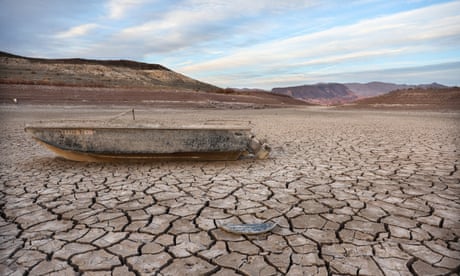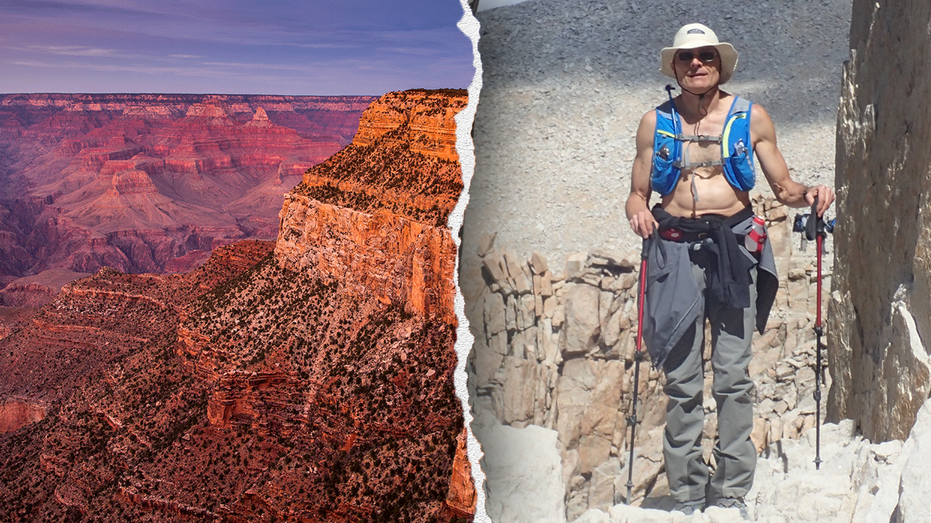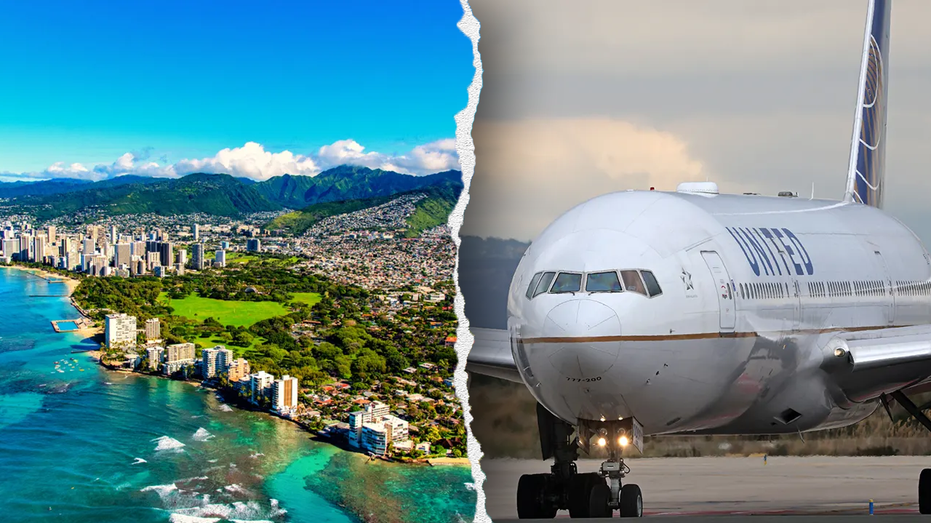- by foxnews
- 23 May 2025
Megadrought in the American south-west: a climate disaster unseen in 1,200 years
Megadrought in the American south-west: a climate disaster unseen in 1,200 years
- by theguardian
- 13 Sep 2022
- in news

When the Nasa climatologist James Hansen testified before Congress in June 1988 about a warming planet, the temperature in Washington DC hit a record 100F. It was a summer of unprecedented heatwaves, and 40 states were grappling with drought.
A recent analysis by the Washington Post found that, in some parts of the south-west, average annual temperatures have already risen by more than 1.5C, a threshold widely considered the tipping point at which devastating consequences for people and the environment take hold.
The extraordinary conditions offer a warning of what lies ahead for other arid regions that cross this line. It is also a reminder that despite all the modern innovations to circumvent an unforgiving climate, drought may once again have the final say unless drastic steps are taken quickly.
In a new series, the Guardian will explore the consequences of megadrought on the communities and environments of the US south-west, where cattle ranchers, Indigenous peoples and tourists alike are seeing their daily lives upended.
Recent research has shown how such compelling forces are playing out on the ground.
One such example is in Colorado, on the western slope of the Rocky Mountains that feeds Lake Powell and Lake Mead. The slope is experiencing less snowfall and higher temperatures. But on top of that, dust storms in nearby Utah have grown bigger and more frequent as the soil dries out; the dust then blows on the mountain, making the snow melt even faster. These two interlocking phenomena are making the drought even worse.
This compounding phenomenon also played out last spring and summer with large wildfires in northern Arizona and northern New Mexico. A dearth of snowfall led to a parched forest floor where drought and pests had already killed many trees. That combined with record heat, low humidity and hurricane-force winds to create unstoppable wildfires.
As the west squares up to the worst drought in its modern history, there are lessons to be learned from the past.
Looking Horse holds a divinely ordained position among the plains tribes, similar to the Dalai Lama in Tibetan Buddhism. For him, the forces that put the desires of the fossil fuel industry over the warnings of scientists are the same as the forces that invaded Indigenous homelands centuries ago in a quest for natural resources.
While ranching and growing water-intensive crops like alfalfa may no longer be sustainable in desert states, the region offers excellent locations for new solar and wind enterprises. And as maintaining a green lawn becomes increasingly impossible in places like Utah, homeowners are forced to finally let go of the pastoral aesthetic brought to the south-west by European colonizers and embrace prickly native plants.
Thirty-four years after Hansen warned lawmakers that climate change had arrived, America is grappling with the consequences of inaction.
McKibben remains undaunted.
- by foxnews
- descember 09, 2016
United Airlines flight returns to Hawaii after concerning message found on bathroom mirror; FBI investigating
United Airlines Flight 1169 to Los Angeles returned to Hawaii after a "potential security concern" aboard the plane. The FBI and police are investigating.
read more


